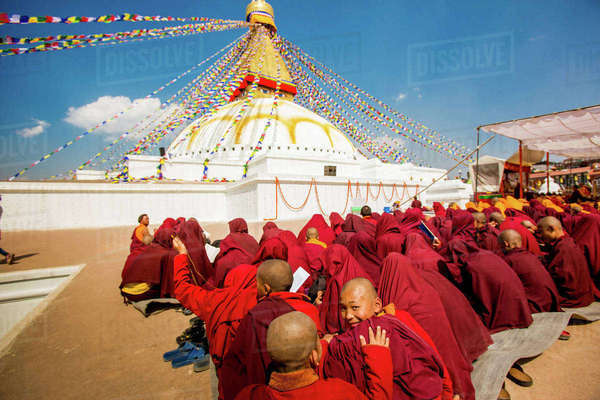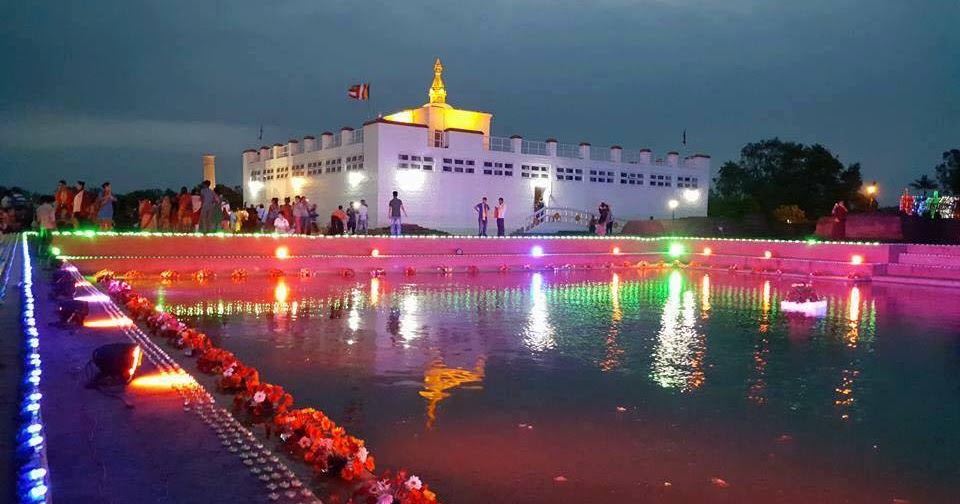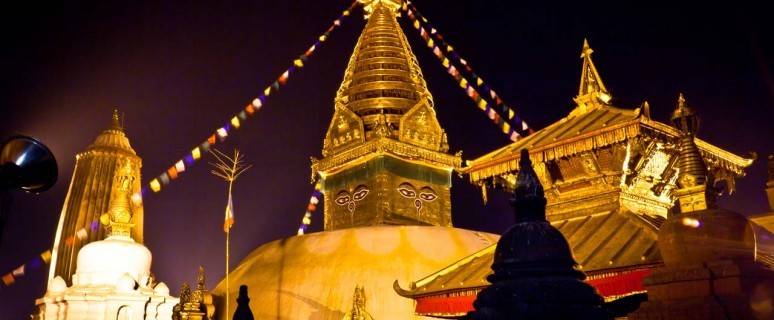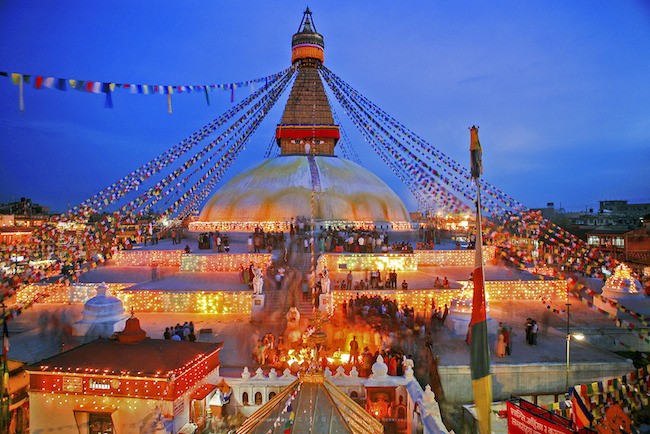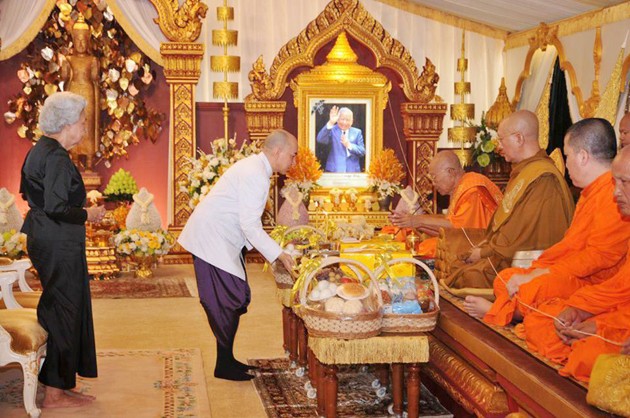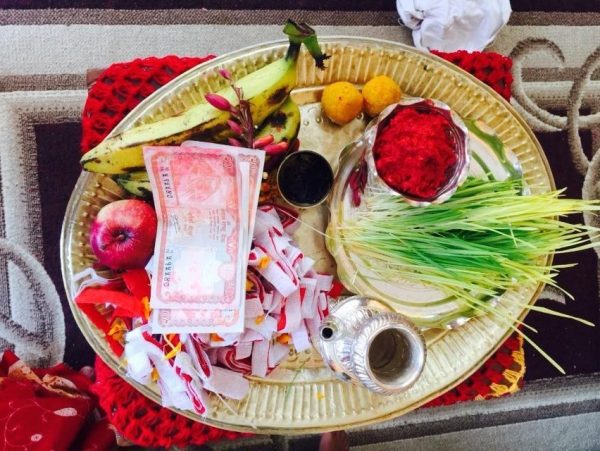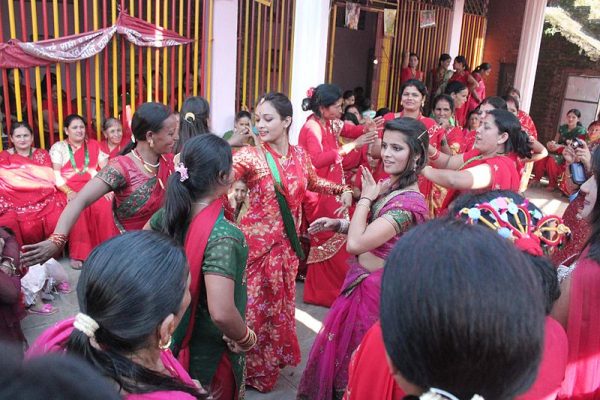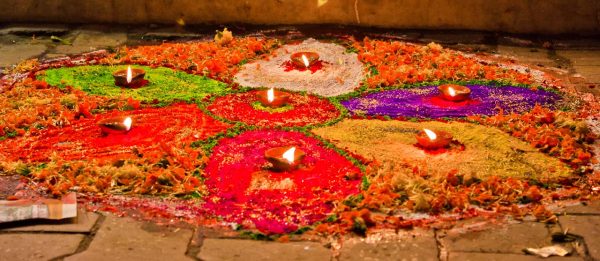Nepal is a multi ethnic, multicultural and multi-religious country, celebrates some festivals every year. Among the various joyous festivals celebrated in the country by various groups and communities, Buddha Jayanti or Buddha Purnima is one of the festivals common among Nepalese community.
The festival falls on Baisakh Purnima, the full moon day of Baisakh, the first Nepali month. The exact date of celebration of Buddha Purnima is however not always the same. It usually falls on May or April or sometimes in June in a leap year. The day of Baisakh Purnima is special among the Buddhism followers because the day is not only the day Gautam Buddha was born, but the day was also blessed as the day Gautam Buddha got Enlightenment and Nirvana. Thus, the celebration in Baisakh Purnima celebrates the three major events; the Birth, Enlightenment,and Nirvana of the Light of Asia, Gautam Buddha.
Gautam Buddha: Birth and Life
Gautam Buddha was a prince of Kapilvastu. The King Suddhodana and Queen Maya Devi named him Siddhartha Gautam who later became Gautam Buddha. According to legends, on the day Maya Devi conceived a child, she saw a dream of a white elephant with six tusks entering her right part of the body. As per the existing tradition of giving birth in a parent’s house, the queen Maya Devi left her house in Kapilvastu to go to her parent’s house to give birth to her child. But, on her way she suffered the labor pain and her child was born in Lumbini under a tree. It is said that as soon as Siddhartha Gautam was born, he declared that this was his last rebirth and took seven steps. On every seven steps he took, a lotus bloomed.
Being born into a royal family, Siddhartha Gautam had a luxurious life. The king kept the prince away from anything that may be a cause of suffering for him. Unaware of the outer world and the suffering and misery in life, Siddhartha Gautam once saw an old man, a diseased person,and a deceased body. He then realized that human life is full of sufferings. The young prince was surprised to know about such conditions that occur in life. He decided to find out what causes these sufferings to humanity and what can be done to eliminate these sufferings. At the young age of 29 years, the Prince left the royal palace and all the luxuries of life and started living his life as a monk. He meditated under a Bodhi tree and finally found that the only cause of the pain and sufferings in human life is nothing other than human desires and greed. Once one can leave these things apart, he/she could achieve peace in life with no more sufferings. The prince Siddhartha Gautam received Enlightenment (Buddhato), and spread his learning among others and thus called Buddha.
More About the Life of Gautam Buddha
Rituals during Buddha Jayanti
The teachings of Buddha spread all around the world,and now, Buddhism is a religion followed by many countries in the world. The devotees dress in white dresses and offer Gautam Buddha with vegetarian food, flowers, fruits,and candles. The devotees set the animals free which are kept in the case symbolizing that Buddhism care for all creatures. The scarifying of the animals is not allowed during this day. Donations to persons and organizations in many forms like cash, meals or any other items are made with the main aim of helping them.
The Bodhi tree is of huge importance in Buddhism. Devotees respect the tree and decorate the branches with garlands and colorful ribbons. They perform prayers, meditations by the monks and the continuous performance of the holy book. On this special day the devotees decide to follow the five fundamental percepts (Panchasila) of Buddhist ethics which comprises the basic teachings of conduct:
- Not to harm anyone’s life
- Not to steal the things that are not yours
- Not to do any sexual misconduct
- Not to lie. Speak the truth
- Not to eat or drink anything that intoxicates the brain
Celebrating Buddha Jayanti in Nepal
Nepal celebrates Buddha Jayanti with huge devotion. There are different events and ceremonies that the devoteesperform around the stupas and shrines all around Nepal. In Nepal, the Buddha Jayanti is a national holiday since 1952 and ban the scarifying of the animals. Grand celebrations occur in Lumbini, the birthplace of Gautam Buddha, the Swayambhunath stupa, the Boudhanath stupa,and many other stupas.
Ceremony in Lumbini
On the occasion of Buddha Jayanti, many processions and programs take place in Lumbini. The devotees decorate the Maya Devi temple very beautifully with colorful lights. The statue of Gautam Buddha is kept in the chariot,and a procession is carried out. The procession also consists of the musicians playing the music and the women singing and dancing. The devotees utter various prayers and speech. The monks deliver a speech about the Buddhism and its importance in human life.
Since Buddhism is all about serving humanity, there are also some programsto support the local students in the area. Various competitions like essay writing are held,and prizes are given to the best ones. Similarly, scholarships for the underprivileged students are also a part of the festivals so that the students can continue their study with ease.
Another special event called, “The Great Buddha Jayanti Fair” also occurs on the day where devotees from Nepal as well as other parts of the world participate.
Ceremony in Kathmandu
Kathmandu, the capital city of Nepal, celebrates the birthday of Gautam Buddha in a very delightful way. The Swayambhunath stupa, one of the World Heritage Site, located at the west of Kathmandu, receives a huge mass of the devotees during the day. The devotees from different part of the country come to the stupa early in the morning to worship and make prayers. The stupa is busy all day receiving the lights, butter lamps, rice coins, prayers and flowers from the devotees.
The Bouddhanath stupa, another World Heritage Site also celebrates the festival in a fascinating way. An elephant having an image of Buddha on its head leads the procession starting from the Boudhanath stupa,and that goes up to the next stupa at Chabahil, Kathmandu. The surface of the stupa is painted with the large petals of lotus by using yellow saffron.
The stupas are decorated with the lights which look amazing. The lightning all around these huge stupas make them like they are the peace of heaven landed to earth. Nothing more is satisfactory and peaceful than a view of these stupas glowing peacefully at night.
When is Buddha Jayanti being celebrated in Nepal in 2020?
You can witness this tranquil festival in Nepal, in 2019 on May 18 of Saturday, which will be the 2,563rd birth anniversary of Gautam Buddha. In 2020, the festival falls on 7th May. Along with the Buddhists, some Hindus also regard Buddha Jayanti as an auspicious day since they regard Buddha as another form of Lord Vishnu. If you are planning to visit Nepal during this festival, do not miss the festival showered with the teachings of Lord Buddha. Make sure you visit the nearby Buddhist shrines to observe the festival which commence from dawn to the late night.
Remembering the Light of Asia in other parts of the world
Although the celebration day varies, different countries celebrate Buddha Jayanti in different ways. In some countries, the day of Buddha Jayanti is also a national holiday. The day is dedicated to the contribution of Gautam Buddha towards humanity.
In Sri Lanka, the followers of Gautam Buddha light up the lotus lanterns around the temple in the memory of Gautam Buddha while in Indonesia, the lanterns are released into the air.
In Delhi(India), the remains of the Gautam Buddha are taken in the museum so that the public can see it. In Taiwan, the Buddha Jayanti is celebrated as a national anniversary,and the devotees offer fragrance water over a statue of Buddha indicating the fresh start in life.
In Myanmar, Buddha Jayanti is a public holiday,and the Full Moon of Kason is the day of celebrating Buddha Jayanti. People water the Bodhi tree, chant the prayers and perform the music and dances.
The people in Japan celebrate Buddha Jayanti in the name of Kanbustu or Hanamatsuri (Flower Festival) on 8th April. The devotees pour a beverage named ama-cha prepared from a variety of hydrangea on Buddha statues and decorated them. Lion dancing is also a major attraction in Japan during the celebration of Buddha Jayanti.
Any Queries about Buddha Jayanti?
Australia also celebrates Buddha Jayanti in different parts. Different cities observe the festival in many different ways. In Brisbane, Buddha Jayanti features a variety of Asian foods and performances. Melbourne celebrates a weekend-long festival and in Perth, two days are celebrated which are called Buddha’s Day and Multicultural Festivals.
The International Lantern Parade is a successful event that occurs every year at Union Square Park in New York.
In Thailand, Buddha Purnima is marked as national holiday and regarded as “Visakha Bucha”. Buddhists celebrate by visiting temple, make merit, meditate and attend to sermons. In the evenings candle light procession is held in temple where devotees walk three times around the temple signifying the threefold jewel of Buddhism, one the Buddha, two his teachings, three the monkshood.
In Bangladesh, Buddhist monks adorn temple in vibrant decorations and candles. There will be large fairs in and around temples and performances of Buddha’s life is conducted.The followers listen to sermons on Buddha teachings, three jewels and 5 precepts delivered by chief monk inside the monastery. After that people pay the respect by lighting candles and reciting the three jewels and 5 precepts” Panchasil”
In Cambodia, Buddha Jayanti is a public holiday and observed as Visak Bochea. On this day, the monks carry flags, lotus flowers, incense and candles to symbolize “Vesak” and the people give offerings to monks.
Vietnam observe Buddha Purnima throughout the country where Buddhist temples are pagoda are beautifully decorated. On this occasion people enjoyed with float and lantern procession on the streets.
In China, people light incense and give food offerings to monks. In Hong Kong and Macau Buddha Jayati is marked as public holiday. On this occasion lanterns are lit to represent the Buddha’s enlightenment and several followers visit the temple. The significant feature of Buddha’s Purnima is the bathing of Buddha.
In Singapore Buddha Jayanti is a public holiday and observed as Vesak Day. Buddhist temples are adorned with Buddhist flags and colorful flowers. On this day, devotes visit temple and bring offerings.
Buddha Purinma is observed as Wesak Day in Malaysia. Buddhist temples are beautifully adorned and caged animals are released. Devotes visit temples and involve in chanting, offerings and prayers.

